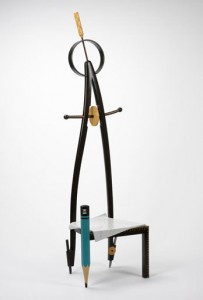
Alphonse Mattia, Architect’s Valet Chair, 1989. Museum purchase with Funds from the National Endowment for the Humanities. Courtesy of Museum of Art, Rhode Island School of Design
We delivered our aspiring artist (now on Etsy: http://www.etsy.com/
shop/cbgarts?ref=seller_info ) to the pre-college program at RISD last week and had a chance to visit the art museum in the same trip.
The on-going exhibition iof 20th century art and design items from the permanent collection, Subject to Change, was well selected. Highlights during our visit were a weaving of saran monofilament from 1962 by Jack Lenor Larsen, a small but exquisite painting by Agnes Martin, the Architect’s Valet Chair by Alphonse Mattia (a professor at RISD) and the iconic Valentine typewriter by Olivetti. The items are changed continuously; the textiles rotated every five months to protect from light damage.

Furnishing textile, ca. 1939 American linen; plain weave, hand screen‐printed; 35.5″ x 26.25″ Gift of Howard and Schaffer, Inc. Courtesy of the Museum of Art Rhode Island School of Design, Providence
The Cocktail Culture: Ritual and Invention in American Fashion, 1920-1980 exhibit is a delight. (“Highballs and High Art,” The New York Times dubbed it.) One of the largest exhibitions in the Museum’s history, it combines more than 200 items — fashion, film, jewelry, fine art, design and commercial fabrics from Prohibition to disco; from Dansk to Dior. You have until the end of July to transport yourself to a more glamorous time — if you can’t make it in person, there’s a slide show at InStyle: http://news.instyle.com/
photo-gallery/?postgallery=51241#4 and a lavishly illustrated catalog, Cocktail Culture, available from risd/works: http://www.risdworks.com.


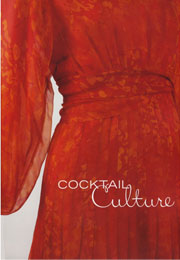
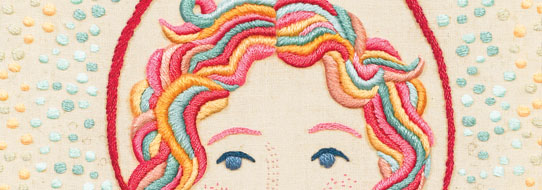
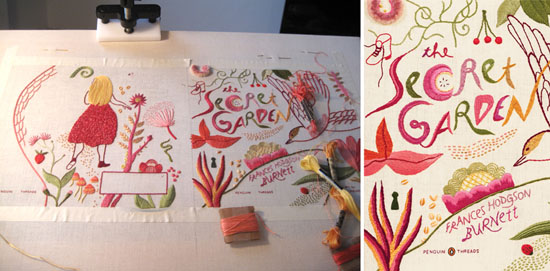
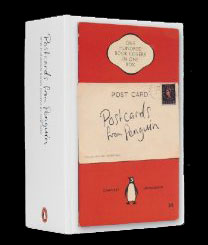

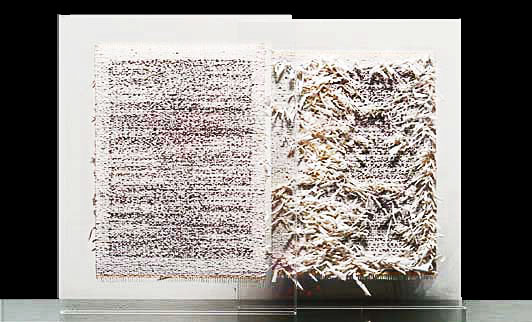



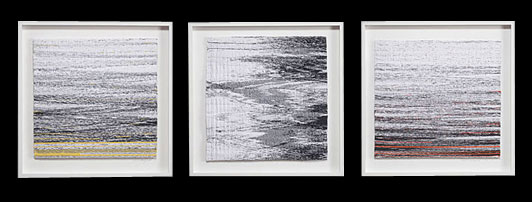
Dispatches: See the World’s Largest — or Nearly Largest — Ball of Twine
Who says you can’t learn things from watching television? in In a recent episode of Covert Affairs on USA, CIA operative Annie Walker and her sister discuss the world’s largest ball of yarn located in Lamar, Missouri. Got me wanting more information. Turns out that the competition for largest twine ball (some call them yarn balls, but apparently, they are mostly really twine balls) is pretty fierce and Missouri has only two of several contenders.
Darwin World Largest Ball of Twine created by 1 man photo by Mykl Roventine
Darwin, Minnesota boasts a ball that weighs 9 tons and is 12-feet wide and was mentioned in Crazy Al Yankovic’s video for the song, White and Nerdy. It was rolled by one man, Francis A. Johnson, between 1950 and 1979 http://www.darwintwineball.com. Darwin residents look down on a rival twine ball in Cawker City, Kansas.
Cawker City World Largest Twine Ball http://www.worldslargestthings.com/wllist.htm
World’s Largest Ball of Twine Cawker City, Kansas By jimmywayne http://www.flickr.com/photos/auvet/860982521/
While it was begun by one man in 1953, it was completed by townspeople in a Twine-a-Thon in 2003 http://skyways.lib.ks.us/towns/Cawker/twine.html. A local artist, Cher Olsen, has integrated the twine ball into her paintings, reworking American Gothic and Mona Lisa and the like and these are on display at the Masterpiece Twine Walk http://www.getruralkansas.org/Cawker-City/61Explore/258.shtml. Lake Nebagamon, Wisconsin has it’s own contender.
Created by James Frank Kotera who started in 1979, JFK estimates that it weighs 19,336 pounds, which may make it the heaviest twine ball. Only one entry has been certified by the Guinness Book of World Records. That’s the one at Ripley’s Believe it or Not in Branson, Missouri that’s 41.5 feet in circumference http://www.ripleys.com/branson. (Though some say it shouldn’t qualify as it’s made of nylon twine.) As for the one in Lamar, Missouri –I couldn’t find it but there is an attractive multi-colored ball at the Pattee House Museum in St. Joseph, Missouri http://www.washburn.edu/cas/art/cyoho/archive/MidwestTravel/Patee and reportedly one made of postal string at the American Bowman Restaurant and O’Malley’s Pub in Weston, Missouri. If you’re vacationing in the Midwest this summer — check ’em out. You can get hats, start-your-own-twine-ball kits and great We-Were-There photos.